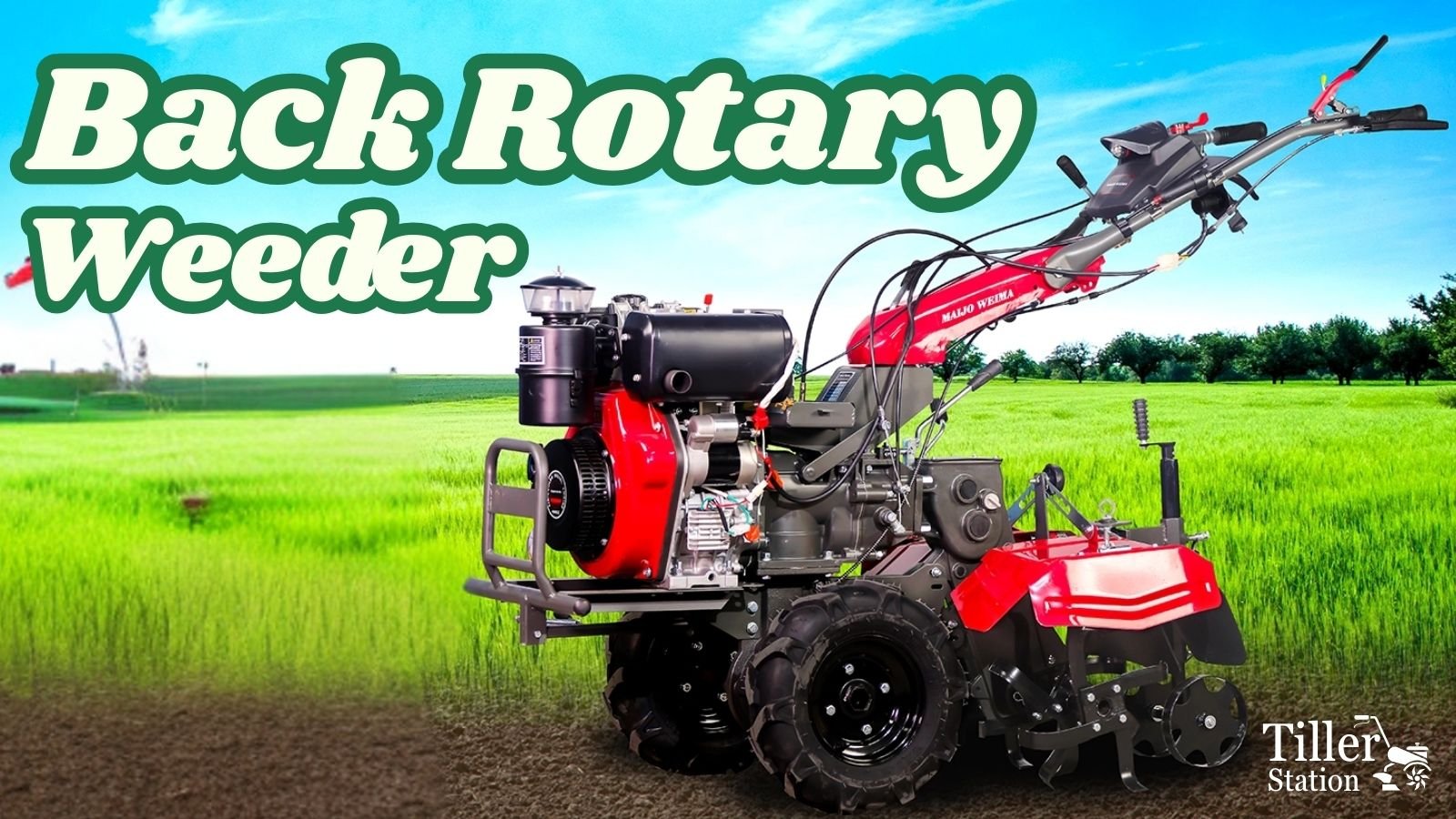Sugarcane farming is experiencing a structural transformation with the increasing adoption of power weeders as a mechanization tool to reduce labor dependency, increase productivity, and align with modern cultivation practices.
Traditionally, farmers in the state relied on dense row patterns of about 2 feet spacing, which made mechanization difficult and forced heavy dependence on manual labour.
However, a growing number of sugar mills in districts such as Bijnor, Balrampur, and Lakhimpur are now actively promoting wider spacing (3–4 feet row pattern) along with the integration of power weeders.
This initiative has created a strong demand surge in FY 2025–26 for power weeder machines, which is expected to translate into bulk sales across cane-growing districts.
Sugar mills have emerged as anchor institutions in farm mechanization for their command areas. Instead of leaving the responsibility solely on farmers, mills are bulk purchasing power weeders from suppliers and distributing them to farmers under subsidy-linked schemes.
These subsidies effectively lower the entry cost, which otherwise acted as a barrier for many small and marginal farmers. Beyond asset distribution, mills are also organizing awareness programs, field demonstrations, and training sessions to show farmers the benefits of adopting wider row spacing combined with power weeding. This dual intervention—financial support and knowledge sharing—has created strong momentum for mechanization in sugarcane cultivation.
Shift in Cropping Pattern: From 2 Feet to 3–4 Feet
The transition from the traditional 2-foot row spacing towards a more mechanization-friendly 3–4 foot spacing is a critical factor enabling widespread use of weeders.
This change directly supports:
- Higher productivity: Wider row spacing improves aeration, sunlight penetration, and soil moisture availability, resulting in better root and stalk development.Improved cane growth: Farmers have reported higher shoot height, greater cane girth, and heavier overall cane weight when using weeders effectively.Intercropping opportunities: With 3–4 foot spacing, farmers can integrate additional crops such as pulses, vegetables, and cereals, ensuring multi-crop income potential.
- Cost efficiency: Weeding, traditionally dependent on manual labor, is one of the most expensive operations in sugarcane cultivation. Power weeders reduce recurring labor costs, allowing farmers to maintain crops more efficiently.
Market Outlook for FY 2025–26
The expected market for power weeders in FY 2025–26 looks extremely promising due to strong institutional backing and farmer-level benefits, being India’s largest sugarcane-producing state and contributing close to 40% of national sugar output, is well-positioned to demonstrate large-scale adoption. With close coordination from mills, these machines are being promoted not just as a tool, but as a package of practice that combines improved cropping patterns with mechanization.
Bulk sales are expected in cluster formations, anchored around mill command areas. This is not a scattered demand pattern but a concentrated demand model, giving suppliers and OEMs the opportunity to partner directly with mills for large-scale supply contracts. The dual opportunities of (a) mill-led procurement and (b) farmer-level subsidy-driven adoption make this an attractive market growth segment for companies engaged in the power weeder segment.
The integration of power weeders in sugarcane belt clusters of Uttar Pradesh is more than just incremental mechanization—it represents a structural shift in how sugarcane is cultivated. Supported by mills through procurement and awareness, farmers are achieving higher yields, reducing costs, and diversifying income through intercropping. With a growing acceptance of 3–4 foot row spacing, FY 2025–26 will mark a significant year for bulk sales of power weeders in the sugarcane economy.




